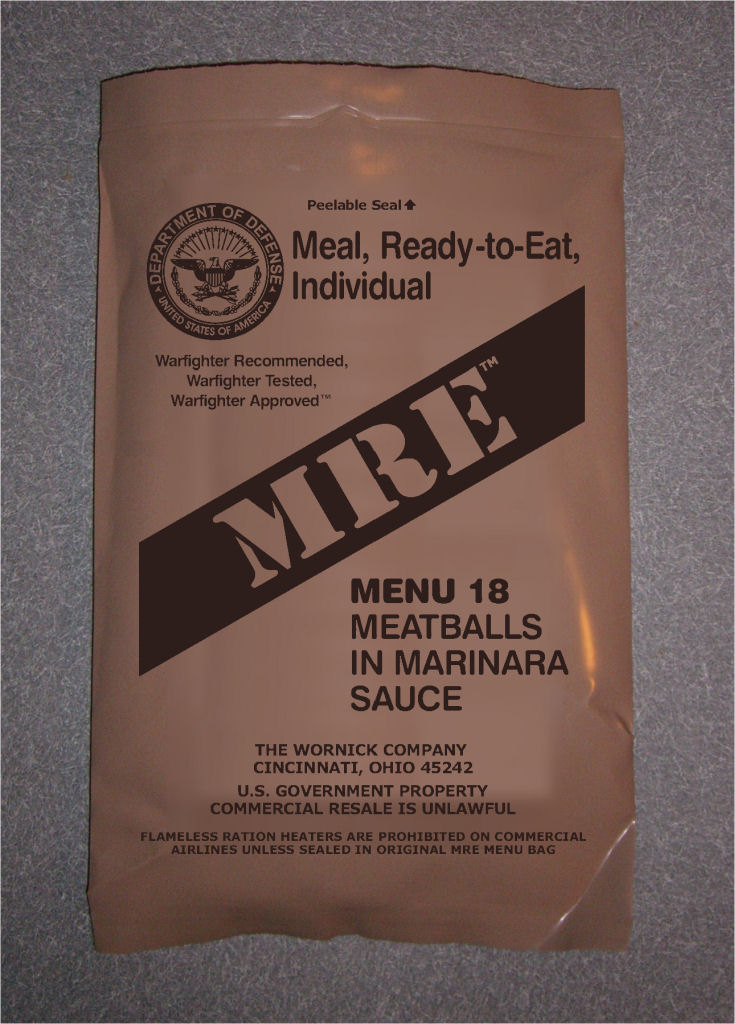So the first thing you need when making a 72-hour kit is somewhere to put all the supplies. We will be focusing on obtaining containers and IDs for every family member this week. There are multiple options, and we'll discuss the pros and cons of a few of them.
The Backpack. A backpack can be anywhere from extremely cheap to pretty pricey. Using a backpack can allow for your 72-hour kit to also become a flight kit - if you need to get out of the house immediately, you can just grab it, put it on your back, and get out with your arms still free. Also, you don't have to worry about weight as much as other containers because it distributes the weight between your shoulders and back. If the backpack has multiple pockets it can also help for organization. One thing to think about when getting a backpack is it not as durable and more susceptible to wear and tear.
The Duffel Bag. Duffel bags are pretty similar to backpacks, but they are often more expensive (thought you can still get one for pretty cheap). Duffel bags can also usually allow for more room, so you may be able to hold more things. When carrying the duffel bag, the weight is either on one shoulder and the back (this is neither good nor bad, it just depends on personal preference), or it must be carried in one hand.
The Bucket. Buckets are usually pretty cheap and don't get extremely expensive. Using a bucket allows for more durability in your container. However, it isn't as organized without different compartments, and it also isn't as portable in a hurry. If you have to carry it around, it leaves you with one less hand and it can be heavier for just one hand to hold.
The Plastic Tote. Plastic Totes are like the duffel bag of the backpack category. They can be bigger and hold more things, they are also quite durable, but they may be more expensive. The plastic tote is likely the hardest container to carry as it usually requires both hands.
After deciding which type of container to use for a 72-hour kit, it is a very good idea to add some type of ID to each of them. This doesn't need to be (and probably shouldn't be) a government issued ID, but instead something to let others know how to help. For example, if a child is lost or a family member is unconscious, someone trying to help can still do so by knowing either food allergies, medical conditions, family members' names, etc. One really neat idea we found just on the internet is to include a picture of each family member with the ID. That way a child can have help finding family if he or she is lost, and it can also serve to calm the nerves to see pictures of loved ones.

At this point, if you cannot yet obtain a container or need more time, a cardboard box is honestly just fine. You will want to work up to a more sturdy and reliable container, but anything is great to start out with. The IDs, however, would be beneficial to complete as soon as possible. (As a reminder, we have a link to the IDs and items of a 72-hour kit
here)
Good luck with getting the containers and IDs together, and let us know how it's going for you! (next week we'll focus on food for 72-hour kits)












